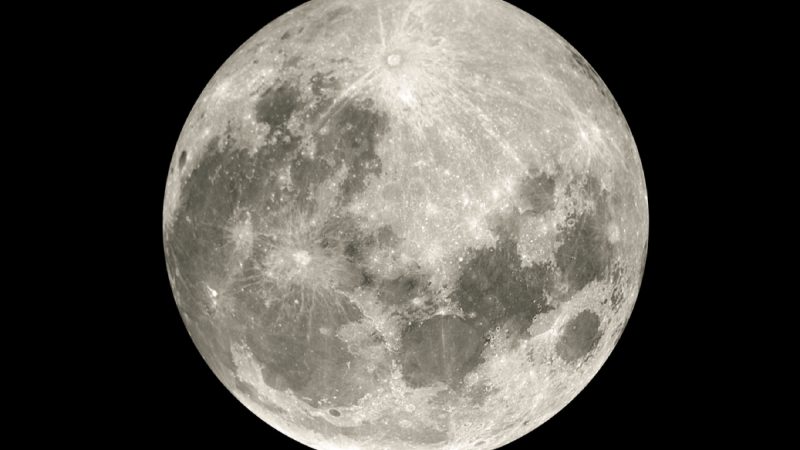A Supermassive Black Hole is seen in the Middle of our Galaxy
“The black hole attracts a lot of gas to itself. Its gravitational pull on the surrounding matter is so strong, that it cannot resist. Doeleman stated that it is pulling the elephant into a very small space. Imagine sucking an elephant through a straw.
The boundary of no return is where an infalling particle of matter disappears into an unavoidable gravity well. This is a black hole’s event horizon. Earthlings need to understand that a black hole is not a threat to the world.
Albert Einstein’s 1915 general theory of relativity stated that gravity was caused by massive objects stretching the fabric of spacetime. Theorists began to unravel the implications of Einstein’s equations. They realized that an object of sufficient mass would cause gravity so strong that light cannot escape.
These black holes were largely a theoretical concept until the 20th century. In 2016, Gravitational waves were discovered from colliding black holes.
Astronomers discovered decades ago that there was a source of tremendous radiation in the Milky Way galaxy’s heart. It was the brightest object located near the constellation Sagittarius. Is it a black hole that produced it? This was the consensus. Sagittarius A* was the name given to the luminous astronomical object.
In 2020, the Nobel Prize for Physics was awarded to Andrea Ghez (astrophysicist) and Reinhard Genzel (physicist). They discovered that the Milky Way’s central stars were moving in a pattern consistent in orbits around supermassive black holes.
Astrophysicists believe that black holes are common in the cores of galaxies and are intrinsic to galactic development. However, the chicken-and-egg question is still unsolved. Black holes could be the seed of a new galaxy. Another possibility is that black holes develop slowly as stars fall into the central gravity wells of the galaxy.
<< Previous








